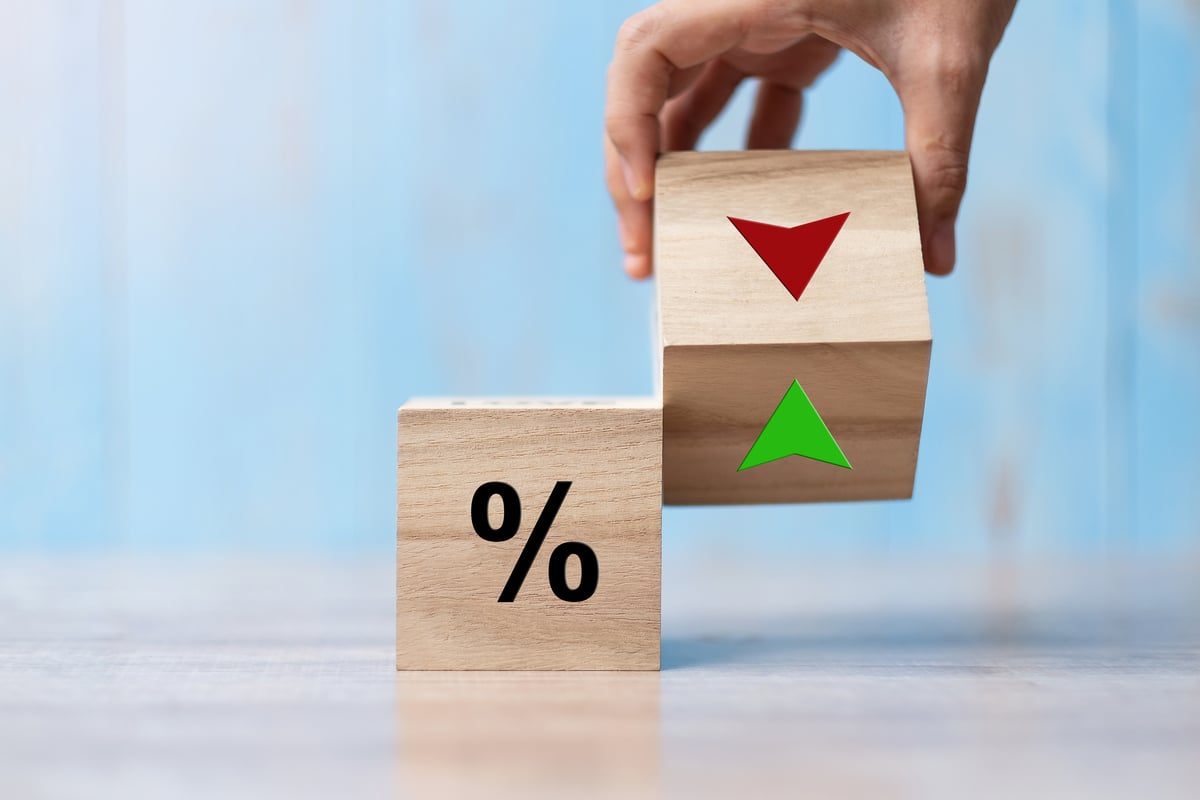A lot has changed in the renewable-energy sector over the years. Among the most noteworthy trends is the dramatic decline in the costs of building new wind and solar capacity. One factor playing a role in driving down those costs is how renewable-energy technology has evolved. Wind turbines, for example, continue to increase in size, which enables them to produce more power.
That's why owners of older windfarms are repowering their facilities by replacing aging turbines with new, more powerful ones. These investments can generate high-powered returns. That's something that dividend investors won't want to overlook, since they stand to be among the biggest beneficiaries of the growing trend of repowering older wind farms.

Image source: Getty Images.
Potentially powering high-end dividend growth
Renewable-energy yieldcos TerraForm Power (TERP +0.00%) and NextEra Energy Partners (NEP +0.00%) are among the growing number of companies working on projects to repower existing windfarms. TerraForm Power currently has three repowering projects under development, two in New York state and one in Hawaii. The company would replace turbines built about a decade ago with newer ones that have larger rotors, enabling them to produce 25% to 30% more power than the existing ones. By replacing the legacy turbines at these locations, TerraForm estimates that it can boost the energy-producing capacity of these sites from 190 MW up to 310 MW.
That will enable the company to make more money from these locations. Furthermore, these projects come with higher returns, since it's about 40% cheaper to repower an existing facility than to build a new wind farm. TerraForm can therefore grow its cash flow at a faster pace, which enhances its ability to boost its dividend. As a result, the company could increase its payout toward the higher end of its 5% to 8% annual target range through 2022 thanks to these wind repowering projects.
NextEra Energy Partners also has some wind repowering projects under way, reaching agreements to install new turbines at two of its sites. These investments will generate more than a 10% return on investment, helping grow the cash flow these facilities produce from the current annual run rate of $15 million-$20 million up to a range of $40 million-$50 million. Wind repowering projects like those, when combined with the company's ability to continue making acquisitions, increases NextEra Energy Partners' ability to grow its dividend toward the high end of its 12% to 15% annual range through 2024.
Looking to repower dividend growth
Meanwhile, fellow renewable yieldco Pattern Energy (PEGI +0.00%) is working on a project to repower its Gulf Wind facility. The initial 282.2 MW wind farm came online in 2009. However, with the recent expiration of a contract that locked in a stable electricity rate for the facility, Pattern Energy is pursuing a plan to optimize this asset.
Repowering that facility will make it more valuable, since it will be producing more power and cash flow. Pattern Energy might even sell the repowered Gulf Wind facility once it completes the project next year, to give it cash to invest in other opportunities such as additional acquisitions. Either way, the project is an essential piece of the company's strategy to reduce its dividend payout ratio from 99% last year to a more comfortable 80% by the end of 2020. Once it achieves that targeted level, it could start growing its dividend once again.
One of the power sources Pattern Energy could use to grow its payout in the future is additional wind repowering projects. That's because they generate such attractive returns on investment, which makes them excellent investment opportunities.
A key trend for dividend investors to watch
With today's larger wind turbines able to generate more power, wind farm operators are increasingly looking to repower legacy locations. It also certainly helps that they can earn high returns on investment with these projects, which will allow them to grow cash flow at a faster pace. This high-powered growth enhances the ability of renewable yieldcos, in particular, to increase their dividends. That's why income-focused investors won't want to overlook this key trend.






